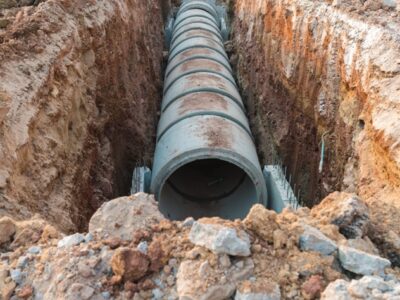The lithium-ion battery, also called the Li-Ion battery, is a device designed for storing electrical energy that uses a lithium salt as an electrolyte that provides the ions necessary for the reversible electrochemical reaction that takes place between the cathode and the anode.
The properties of Li-ion batteries, such as the lightness of their components, their high energy capacity and resistance to discharge, the absence of a memory effect or their ability to operate with a high number of regeneration cycles, has allowed the design of lightweight accumulators, small in size and varied in shape, with high performance, specially adapted for applications in the consumer electronics industry.
However, its rapid degradation and sensitivity to high temperatures, which can result in its destruction by inflammation or even explosion, require the inclusion of additional safety devices in its configuration as a consumer product, resulting in a higher cost that has limited the extension of its use to other applications.
Advantages
- High energy density: Accumulate much higher load per unit of weight and volume.
- Low weight: At equal stored load, they are less heavy and occupy less volume than Ni-MH and much less than Ni-Cd and Lead.
- High voltage per cell: Each battery provides 3.7 volts, the same as three Ni-MH or Ni-Cd batteries (1.2 V each).
- Linear discharge: During the entire discharge, 7.4v Lithium Ion Battery pack voltage varies a little, which avoids the need for regulating circuits. This is an advantage, as it makes it very easy to know the charge that the battery stores.
- Very low self-discharge rate: When we save a battery, it discharges progressively even if we don’t use it. In the case of Ni-MH batteries, this “self-discharge” can account for more than 20% per month. In the case of Li-Ion, it is less than 6% in the same period. Many of them, after six months at rest, can retain 80% of their load.








Comments